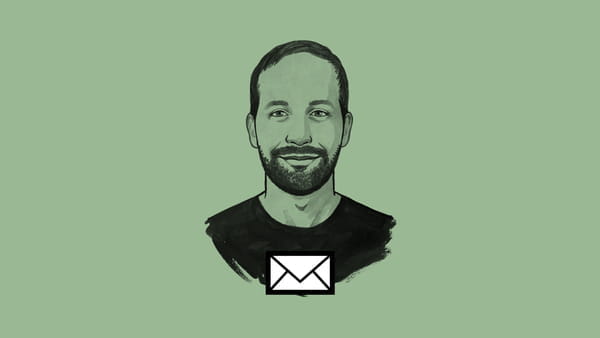Hi,
Back in May, I wrote that right now, the world is at a turning point when it comes to cars.
The movement to rid our cities of the dirty, noisy, deadly, expensive, city-destroying monstrosities has been in the works for decades, but during this pandemic, it’s really taken on renewed vigour.
Last week, the New York Times had a truly amazing, immersive feature that transported readers into a future world where the island of Manhattan has banned private cars and been reborn as a pedestrian’s paradise. The piece got mostly rave reviews, with folks on Twitter calling it "anti-car porn" and "utopian". One reader said, "As a Manhattanite, this is the Manhattan of my dreams."
It’s useful, however, to keep in mind who fantasies like this are intended to serve. Car-free streets and additional bike boulevards too often favour gentrification and racial segregation, not working class folks who comprise the majority of bicyclists around the world.
It’s also useful to remember just how unique Manhattan is. In the piece, Farhad Manjoo writes "Manhattan could be a place for all of America to witness how reducing an urban area’s reliance on cars can lead to a better life."
When I asked Manjoo what feedback he’s received so far, however, he said that a few people pushed back on that point, arguing that "even if it works in Manhattan it can never work anywhere else".
This week’s good news on climate
What those (likely US-centric) critics underestimate is that mostly car-free cities are already working elsewhere. In Paris, Mayor Anne Hidalgo just won reelection on a campaign centred in part on continuing her transformation of the city to be much more bike-friendly. Across the global south, where cars are prohibitively expensive for most people, walking, bikes and public transportation dominate. And in the Netherlands, famously, most cities have been rebuilt around bicycles.
We’re about to find out just how quickly the US can transform its cities.
This week, frontrunner presidential candidate Joe Biden released an expanded climate plan that goes big on electric vehicles. Electric cars, of course, take up the same amount of space as gas-powered vehicles, so in a lot of ways, they’re a continuation of the problem. Varshini Prakash, co-founder of the Sunrise Movement and a key figure in negotiating the revised plan, said in a statement that there’s still a key role for activists to keep up the pressure to make it even better. Rhiana Gunn-Wright, one of the original architects of the Green New Deal, said the plan lacks a clear strategy for redistributing power to communities of colour who are at the frontline of the climate emergency.
With some luck and a lot of direct action and protest, the kind of vision that Manjoo imagines for New York City could be possible in just a few years – within the realm of a potential Biden presidency. Change is happening (in the right direction!) much more quickly than I ever could have anticipated even two years ago. Whether that change begins to work for the people bearing the brunt of the climate emergency, though, depends on the choices we make today.
 Would you like to receive my newsletter in your inbox?
Follow my weekly newsletter for an insight into the work, thoughts and ideas that go into being a Climate correspondent.
Would you like to receive my newsletter in your inbox?
Follow my weekly newsletter for an insight into the work, thoughts and ideas that go into being a Climate correspondent.

